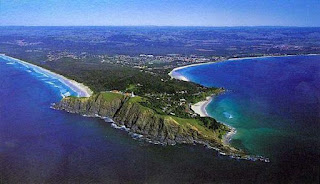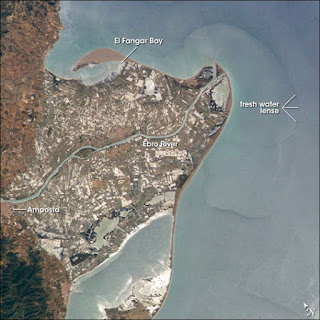Basic components of the physical enviroment. Landforms.
1. Landforms of Surface relief.
We can distinguish four basic
relief forms on the continents and islands.
a).Plains, extensive áreas of
flat or gently undulating land which are located at an altitude of
less than 200 metres above sea level.
b).Plateaus, elevated plains which are located at altitudes of more
tan 200 metres above sea level.
c). Mountains. Elevated
landforms which have an altitude of more tan 600 metres and very steep slopes.
Can be:
-Young, with pointed forms.
-Normally are grouped into large
groups, called ranges or sierras.
d).Depressions: sunken áreas which
correspond to sunken blocks of terrain.
Can be:
-Depressed areas between
mountains or plateaus called valleys.
2. Landforms
below sea level.
We can distinguish several basic
forms of the relief bellow the waters of the oceans:
• Continental
shelf, a gente slope that extends from the continents beneath the sea
waters.
• Continental
slope: Sharp decline between the continental shelf and the abyssal plain.
• Continental
margin, pronounced step which connect the continental shelf with the
abyssal plain.
• Abyssal
plain, huge extensións of flat terrain located between the continental
shelfs with a depth of between 4. 000 and 5. 000 metres.
• Oceanic
ridges, underwater mountains systems of several thousands metres of height.
• Oceanic
trench, narrow elongated drepressions which cut the abyssal plains.
Diagram of surface landforms.
3. Coastal
relief.
Coasts are areas of contact
between the surface of the continents and the oceans and seas. Depending of
their height can be: cliffs, raised
terrain or , beaches, low-lying terrain.
We can distinguish the following
forms of reliefs:
• Beaches:
flat surfaces found along the sea shore, are formed by the acumulation of
sediments.
• Cliffs:
elevated areas with a very steep side located on a coast.
• Capes
or headlands, areas where the coast
juts into the sea or land surfaces that are partially surrounded by the sea.
• Delta a coastal landform located at the mounth of a river, formed by the
accumulation of sediments.
Activity:
1. Write down the name of the landform next to the definition:
UNIT
1. THE RELIEF.
|
With an A
|
Huge extensións of
flat terrain located between the continental shelfs with a depth of between
4. 000
and 5.
|
|
|
Contains a B
|
Flat surfaces found
along the sea shore, are formed by the acumulation of sediments.
|
|
|
With a C
|
An area where the
coast juts into the sea or land surfaces that are partially surrounded by the
sea.
|
|
|
With a C
|
Elevated areas with
a very steep side located on a coast.
|
|
|
With a C
|
The exterior layer
of the Earth, is made up of solid rock.
|
|
|
With a D
|
A coastal landform
located at the mounth of a river, formed by the accumulation of sediments.
|
|
|
With an E
|
Sudden movements of
the Earth’s crust caused by the clash of two tectonic plates.
|
|
|
Contains an F
|
A glacial valley
which have been flooded by the sea.
|
|
|
With a G
|
Areas where the sea
is partially enclosed by the Earth
|
|
|
With a E
|
River valleys which
have been flooded by the sea.
|
|
|
Contains an I
|
Is the extension of
land which links the peninsula to the continent.
|
|
|
With an L
|
A depression filled
by water
|
|
|
With a M
|
Elevated landforms
which have an altitude of more tan
|
|
|
With an M
|
Old mountains which
have rounded forms.
|
|
|
With an O
|
The process that
explain the apparition of mountains. It occurs in the area where two tectonic
plates come into contact.
|
|
|
With a P
|
extension of land surrounded by water on all sides except one.
|
|
|
With a P
|
Extensive áreas of flat or gently undulating land which are located at
an altitude of less than
|
|
|
With a P
|
Elevated plains which are located at altitudes of more tan
|
|
|
With an R
|
Large group of
mountains.
|
|
|
With an R
|
Underwater
mountains systems of several thousands metres of height.
|
|
|
With a T
|
Narrow elongated
drepressions which cut the abyssal plains
|
|
|
With a T
|
Huge wave that
appear as a consequence of a underwater earthquake.
|
|
|
With a S
|
Sharp decline between
the continental shelf and the abyssal plain.
|
|
|
With a V
|
Sunken area of
terrain located between mountains or plateaus
|
|
|
With a V
|
ruptures in Earth’s
crust through which magma are released onto Earth’s Surface
|
|




















No hay comentarios:
Publicar un comentario